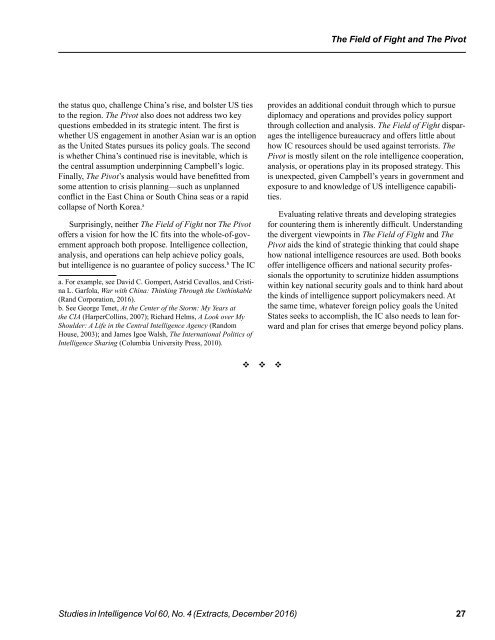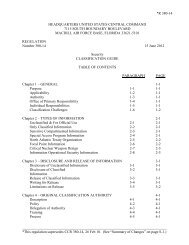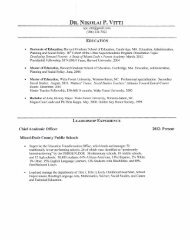extracts-studies-dec-2016
extracts-studies-dec-2016
extracts-studies-dec-2016
You also want an ePaper? Increase the reach of your titles
YUMPU automatically turns print PDFs into web optimized ePapers that Google loves.
The Field of Fight and The Pivot<br />
<br />
the status quo, challenge China’s rise, and bolster US ties<br />
to the region. The Pivot also does not address two key<br />
questions embedded in its strategic intent. The first is<br />
whether US engagement in another Asian war is an option<br />
as the United States pursues its policy goals. The second<br />
is whether China’s continued rise is inevitable, which is<br />
the central assumption underpinning Campbell’s logic.<br />
Finally, The Pivot’s analysis would have benefitted from<br />
some attention to crisis planning—such as unplanned<br />
conflict in the East China or South China seas or a rapid<br />
collapse of North Korea. a<br />
Surprisingly, neither The Field of Fight nor The Pivot<br />
offers a vision for how the IC fits into the whole-of-government<br />
approach both propose. Intelligence collection,<br />
analysis, and operations can help achieve policy goals,<br />
but intelligence is no guarantee of policy success. b The IC<br />
a. For example, see David C. Gompert, Astrid Cevallos, and Cristina<br />
L. Garfola, War with China: Thinking Through the Unthinkable<br />
(Rand Corporation, <strong>2016</strong>).<br />
b. See George Tenet, At the Center of the Storm: My Years at<br />
the CIA (HarperCollins, 2007); Richard Helms, A Look over My<br />
Shoulder: A Life in the Central Intelligence Agency (Random<br />
House, 2003); and James Igoe Walsh, The International Politics of<br />
Intelligence Sharing (Columbia University Press, 2010).<br />
provides an additional conduit through which to pursue<br />
diplomacy and operations and provides policy support<br />
through collection and analysis. The Field of Fight disparages<br />
the intelligence bureaucracy and offers little about<br />
how IC resources should be used against terrorists. The<br />
Pivot is mostly silent on the role intelligence cooperation,<br />
analysis, or operations play in its proposed strategy. This<br />
is unexpected, given Campbell’s years in government and<br />
exposure to and knowledge of US intelligence capabilities.<br />
Evaluating relative threats and developing strategies<br />
for countering them is inherently difficult. Understanding<br />
the divergent viewpoints in The Field of Fight and The<br />
Pivot aids the kind of strategic thinking that could shape<br />
how national intelligence resources are used. Both books<br />
offer intelligence officers and national security professionals<br />
the opportunity to scrutinize hidden assumptions<br />
within key national security goals and to think hard about<br />
the kinds of intelligence support policymakers need. At<br />
the same time, whatever foreign policy goals the United<br />
States seeks to accomplish, the IC also needs to lean forward<br />
and plan for crises that emerge beyond policy plans.<br />
v v v<br />
Studies in Intelligence Vol 60, No. 4 (Extracts, December <strong>2016</strong>)<br />
27




